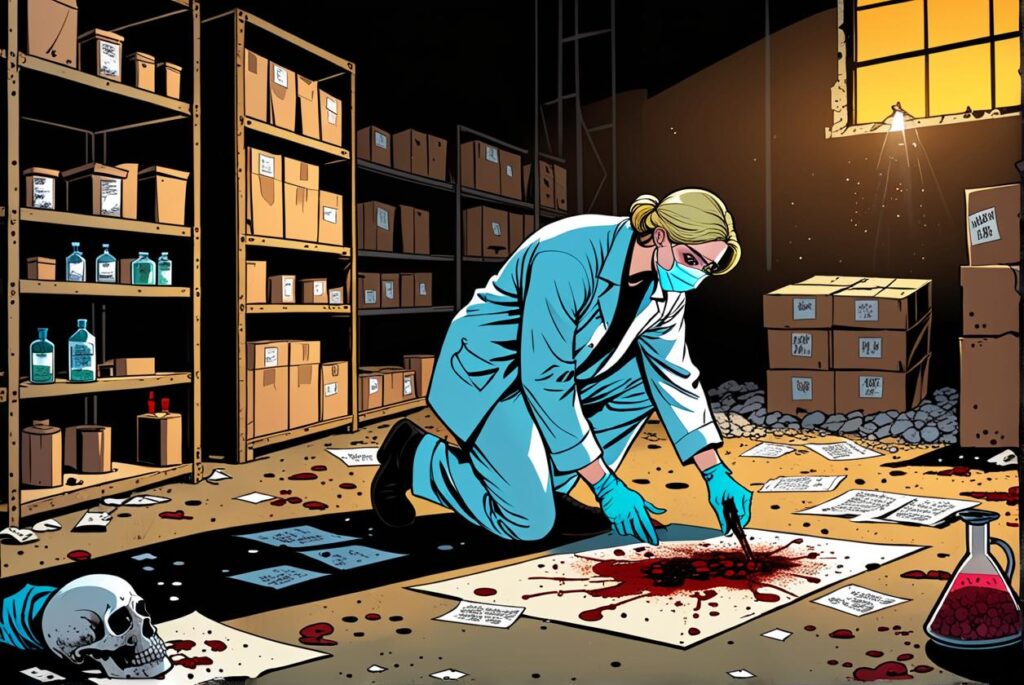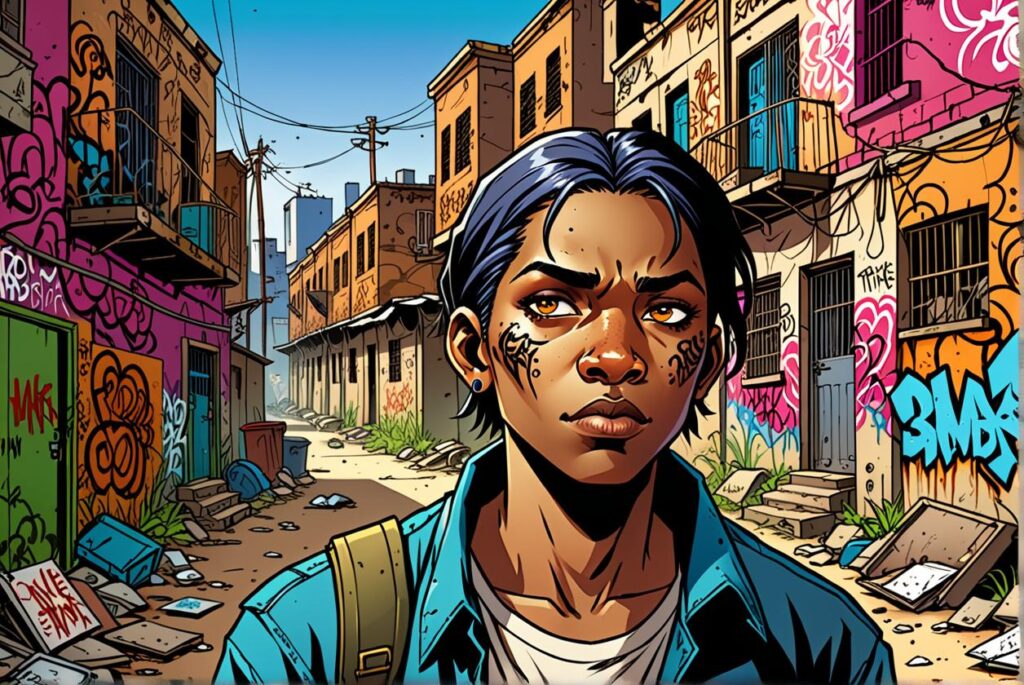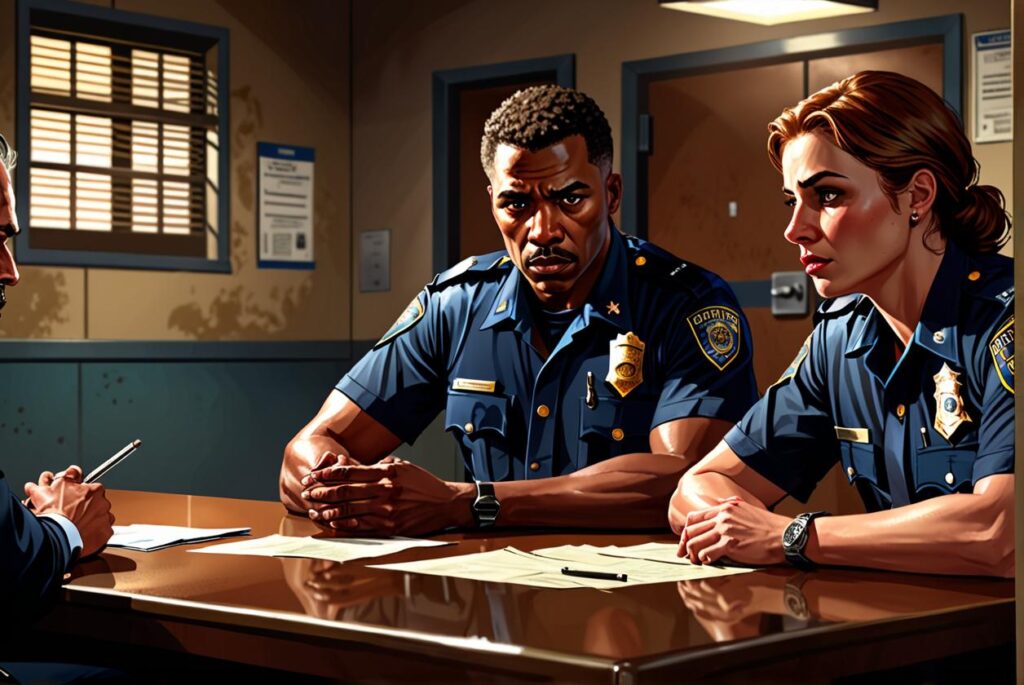5 Tips on Writing: With Adam Weinstein
Hi, my name is Adam Weinstein! I’m an independent narrative designer with a background in both game development and history. I’m a Texas born and based developer, but I’ve bounced around through college from Utah as an undergrad to Cardiff, Wales for my masters. My focus has always been on how to use games to tell cool stories from history and how to use history to tell some cool narratives in games.
Hooking Your Audience

Try to find your killer first line. I’m sure everyone’s heard this advice a million times about writing in traditional media, but it’s just as true in interactive media. When it comes to our beloved game narratives there is always one bitter pill of truth that can be a hard one to swallow, but swallow it we must. The majority of players will never finish your story. For many, they might not even come close.
The reality of that doesn’t have to be some big knock against your writing or the quality of the game as more often than not, it’s just that life gets in the way and passing time makes it harder to come back to an unfinished story. The more important thing to think about when it comes to this is how important those first lines and first sections of your game are in really engaging the player and reeling them in for long enough to experience as much of your story as they can. Let those hooks sink deep enough in, and hopefully, if life and the universe allows, they might see the end of your story.
Now as to when it comes to thinking about those first lines in the first place, the first thing to think about is what do you think is the most compelling element of your story? What character, conflict, mechanic, or what part of the world do you think give you a solid enough base for those hooks? If it’s a character, find a way to naturally let who they are shine to the player early on. If it’s another element, be creative in how to lead with it or be creative in how to lead into it because you can’t have your player just treading water until they get to the good stuff.
One example of this is in Telltale’s
The Walking Dead,
where you begin with Lee handcuffed in the back of a cop car with only tiny little specks of how you came to be there sprinkled into the dialogue between you and the officer. You continue until a short time later, you finally meet a little girl named Clementine and see the real hook of the game, Lee and Clementine and their messed up apocalyptic journey as child and guardian. Why that worked for myself and millions others as a hook is because the narrative was creative in how to figure out how to get you to the most interesting part of its story.
Starting with Lee, it opens with a strong enough hook about the mystery of who he is, what happened to get him to the back of that cop car, and what’s going to happen as the apocalypse breaks out around that car. Yet, barely ten or twenty minutes later, the player has been smoothly delivered to the hook that cuts the deepest, taking care of Clementine and seeing how her and Lee’s relationship shapes itself over the course of the game.
Beyond the beginning segments, you should also let your hook evolve with your story. With Lee, that initial hook of figuring out who Lee is worked well enough, but the game chose to allow that hook to evolve into that stronger core pull of the game of who Lee is going to be through how the player decides to take care of Clementine. That initial hook still remains for a decent bit of the game, but once the mystery is solved and it loses much of its weight, the player is still safely on that stronger hook, and as the story evolves, so does that hook.

Mastering Plot Development
Don’t be afraid to bounce around to different parts of your story while you’re writing. Just because your audience will experience the story as a smooth one way ride to infinity doesn’t mean you have to write it like that. With the nature of how writing can snowball or become bone dry due to a million things out of your control, don’t try to force yourself to keep butting heads with a brick wall. Figure out your beginning and ending then work through what happens in the middle. The more you dedicate to working through parts of your story the more you can start to see where each one connects, or see if a part is a bit too disconnected from the rest.
Additionally, look towards your characters and world for inspiration. What elements have you put into place and where do you see those naturally progressing towards. If you’ve written a character with deep trauma preventing them from trusting others, how do you see that playing out and reinforcing itself or resolving itself throughout your story? While you’re going through this process, you can also be better equipped to really understand what the guiding north star of your story is. If certain plot points, characters, or otherwise are straying from that path, you should hopefully have a better chance at seeing where you need to go with the story to get them back on track.
Effective World-Building Strategies

Look to the past. There is no more intensively built up world with more nuanced and fascinating lore than our very own beautifully messed up world. If you’re struggling to find out why your created worlds don’t feel like they have weight, then look at any number of historical eras your genre might be based on or any story about war, peace, or hand-knitting from the past, and you will find the needed oomph for your world. Take it from someone who’s spent too much time looking at the tidbits of history ranging from Churchill’s report cards and civil war era children’s tools to Soviet arcade machines and dirty jokes written in the margins of old military manuals, History is filled with every genre imaginable and every type of character there is.
As to how to begin looking for that inspiration, try to figure out what methods of engagement with history work best for you. In our ever evolving age of gizmos and gadgets, history and many of the institutions that cover it are trying to better get in line with the times, even if some are still dragging their feet to do so. With virtual museum tours, digitized and fully accessible collections, enough actually worthwhile history youtubers to fill the Titanic back to capacity, and more than enough interactive history exhibits to form a new iceberg to sink it again, there’s an ever expanding number of ways to engage with history that aren’t 600 pages of esoteric ramblings.
And when in doubt, the more traditional litany of articles, books, and even podcasts are still there and growing in the thousands. Find what works best for you, and while you’re exploring, focus on patterns and how places, people, and events connect to one another. Importantly, try to explore around the bigger picture but go on detours to even the most niche or obscure topics because those can often be exactly what you’re looking for.
Depending on what you feel you need the most assistance with in your world, try to look more broadly at regions and eras as well as to even the most specific or niche figures or topics. On a broader level, look at how societies have been set up and the ways groups were divided. Do you want to have part of your world feign a divine right to lord over people like medieval monarchs did or have them use pseudo-science gibberish to try and justify their place at the top like the Nazis did? Looking at how such distinctions emerge, evolve, and get demolished can help to really figure out how you want your world to be oriented and what ways you want your characters to be connected or disconnected to certain elements of it.
Additionally, look at the smaller bits and pieces of an era and the people who lived in it. Each detail about how someone lived or who they were can help to better understand the types of connective tissue you can use to root your characters to those around them and their world itself. An important part of that process is to be creative in how you look through the details about the past as they can give you ideas about how to use those same types of details for your own world. What types of things did people own?
How many words for death vs love did a society have? Even what forms of entertainment were popular during an era? All are key to developing a sense of how you can showcase a world’s fears, hopes, motivations, as well as better understand the types of people that inhabit your world. The more you can use each nook and cranny to truly make your world feel like its lungs are full of air, the more you can really find out how to get its heart chugging alongside it.
At the end of the day, the goal for any world worth its salt should be that you can imagine the wide breadth of stories it holds. Just like for any era in history, your world should feel rich in their ability to tell countless tales ranging from tragedies to comedies. The player should feel like they are fortunate to be seeing one of a million different stories that takes place in your world rather than feeling like they’re just watching one story with a million set pieces.

Techniques for Character Development
I like to see getting started with character development as similar to making a creation out of Play-Doh. A Play-Doh creation you’re probably going to give a commercial flight’s worth of baggage and enough emotional trauma to keep warlords up at night, but a creation all the same. Starting off, all you really have is a uniform blob that can have one of a million colors or even sizes but still looks just the same as any other piece of Play-Doh.
Where the character really starts to form is when you start that process of messing with it, whether you know exactly what you want that character to be when you start depends on you. Yet, the more you mess with it, the more it starts being unique in its own right. Adding new pieces or subtracting old ones, the more details and effort you put into your creation the better they can start to feel truly their own and more and more the result of the million things you did to try and mold them into being that way.
Most importantly of all though, creating a new character should be fun. Just as if you were playing with Play-Doh, Legos, or any other family fun creative relief, you shouldn’t be afraid to make mistakes. Make your characters your own, keep messing and tweaking things with them until you get a sense of what you want the core of that character to be. Once you can figure that out, you can get a better sense of what pieces to add or remove to get that character where you want them to be and better use them for your story.
Crafting Meaningful Decisions

First and foremost, try to determine where you want your players to derive meaning from. Meaningful choices and scope don’t need to be arch-rivals in the world of narrative design, but they do require creative thinking as to how to get them to get along. Are your games’ choices oriented just to let the player guide themselves towards a different ending? Are they there to build up the personality of the character they are playing as? Or are they instead simple ways for the player to express themselves?
Knowing what type of meaning you can or you want to offer your players is crucial in actually having the players find that meaning as well. When you’re working with an interactive medium like we are, every playthrough should feel unique. And technically speaking, they all are. How the player moves through a scene, what they look at, what they try to mess with, all make it impossible for two players’ experience a game exactly the same. Yet, no player would call that unique in a way that matters because they feel like they are just strapped into an amusement park ride. Arms kept tightly inside the cart, and only able to look out at the set pieces with no impact on how the ride goes.
Treat your audience with the respect that the person who kicks off and keeps your story going deserves. This doesn’t mean you have to let them switch the tracks and let your story derail itself by going out of scope. Instead, work to allow the player to feel as though they were able to choose how they got to their destination and who they were when they got there.
One example of this is
Return of Obra Dinn
, where there really is only one goal and one way to achieve it, solve every fate on the doomed
Obra Dinn
. Although you can make a more blatant choice near the end of the game as to whether to quit before you solve every fate, the core of the game provides truly meaningful choices by treating the player as more than just a play button. As you progress through different sections of the ship, the game leaves how you truly piece the puzzle together up to the player. Importantly, the Obra Dinn is even set up to ensure the player will never have every puzzle piece and have to choose how they utilize what there is in order to fill in the gaps and truly solve each passenger’s grisly fate.
The player sees that more input is required on their end and can make meaningful choices about how they apply themselves that make the ending that much more satisfying. The player feels like they are building out the story alongside the game rather than just being a spectator to it. Every player may still end up at the same destination, but that added respect and elbow room for the player lets them find their own way there in a meaningful way.
What are your strengths in writing and narrative design?
World building has always been my bread and butter and what I enjoy the most. Not coincidentally, it’s also what I feel most confident that my background has allowed me to excel at the most. Core to my strengths in world building has always been finding enjoyment in that process of either stepping into someone else’s world and figuring out what makes it tick and how I can make my own writing fit inside it, or building my own, brick by brick into something that feels like a living being.
Besides that, I’ve always focused on being able to write dialogue that flows together well and orient my work around thinking about how characters connect or disconnect with others and the world around them and making sure their dialogue reflects that.
Which games or stories have you worked on?

I’ve worked on various indie games as well as with a few museums and heritage centers to research and try to create more interactive ways to engage with the past. For the games side of things I’ve worked on projects based in historical eras as well as those completely fictional both including more traditional FPS, side-scrollers, as well as more narrative focused text adventures and FMV projects.
Exploring Favourites
I have to go with Disco Elysium. That game just always provides an endlessly enjoyable experience of communist disco insanity. It also just reeks of a game where you can tell the writing is having a blast and you’re along for the ride. Molding the player character into the wildest cop in all of Revachol, grappling with dozens of inner voices and chains of though, and exploring the equally wild worldbuilding of Disco Elysium is something that I feel is still such an unbeatably creative experience. That plus I’m narrative person, I don’t mind having to read my video games at times.
A Wish for Interactive Audio Stories
I’d probably go This War of Mine, mainly just since it was the first one that came to mind out of a thousand great possibilities, but also just through remembering how well the sound portrayed that game’s atmosphere. The distant sound of gunfire, the raspy coughing of your sick friend from another room, it all seems incredibly ripe for an audio story to really add to that atmosphere in a really compelling way.
Register for our Free Writing Workshop now!
If you are interested in creating your own interactive audio story, you can apply for our free webinar! It will introduce you to our interactive story game engine, TWIST, and teach you how to use it to create interactive audio stories.
Interested in contributing to our blog series?
If you would also like to publish a blog post on our website and share your own story with interested readers, simply fill out the contact form.





